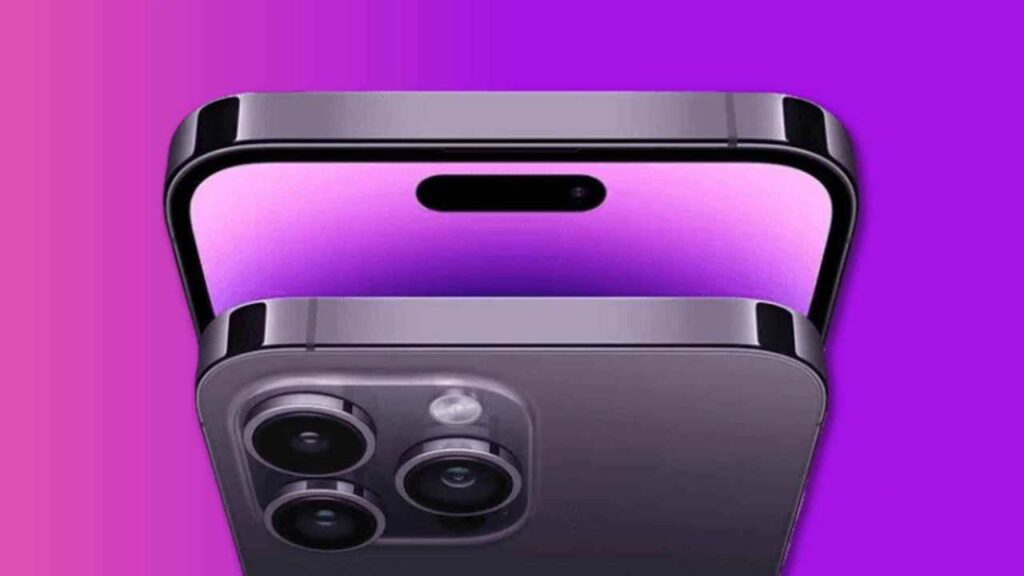Apple appears ready to bring its first foldable iPhone to market, and the rumour trail already paints a rich picture of design, display and spec ambitions. Multiple analysts cite a 2026 or 2027 launch date for a device that bends open like a book and carries a price tag significantly higher than any iPhone to date.
The expected display setup centres around two screens: a compact outer panel for everyday use and a larger inner fold-out display for tasks needing more space. Reports vary, but plausible dimensions include a 5.5-inch outer screen paired with a 7.8-inch inner panel. Display supplier chatter points to Samsung Display as the likely partner, leveraging its foldable-screen experience.
Design details hint at thickness around 4.5mm when opened and approximately 9mm when folded. Some sources say the foldable will resemble two standard iPhones side by side when open. Metal frame material may lean aluminium rather than Apple usual premium titanium, perhaps for engineering reasons tied to the hinge. Camera and internal component rumours add depth. The foldable device may include two rear cameras and an under-display front camera on the inner screen, while the outer screen uses a visible punch-hole lens. Other leaks mention a 5000mAh “3D-stacked” battery system and a side-button Touch ID rather than Face ID.
On pricing, analysts suggest a starting range of US $2,000 to US $2,500, making this device Apple costliest phone at launch a bold move that shifts expectations about market size and positioning. From a production standpoint the foldable iPhone may debut in limited numbers due to manufacturing complexities and a premium price. Some reports mention mass-production ramping in 2026, with full launch in 2027. Hinge durability and supply-chain readiness remain key risk factors.
What this means for users: owning one of these foldables will likely signal early-adopter status rather than mainstream adoption. If Apple nails the hinge reliability, screen performance and battery efficiency, the device could lead a new class of iPhone. But execution matters. Launching late, at a high price and with limited availability could restrict impact. In short, Apple first foldable device carries strong potential to redefine what an iPhone can be. The component rumours add up to an ambitious product. Whether that ambition translates into real-world success remains to be seen when Apple finally pulls the curtain back.










